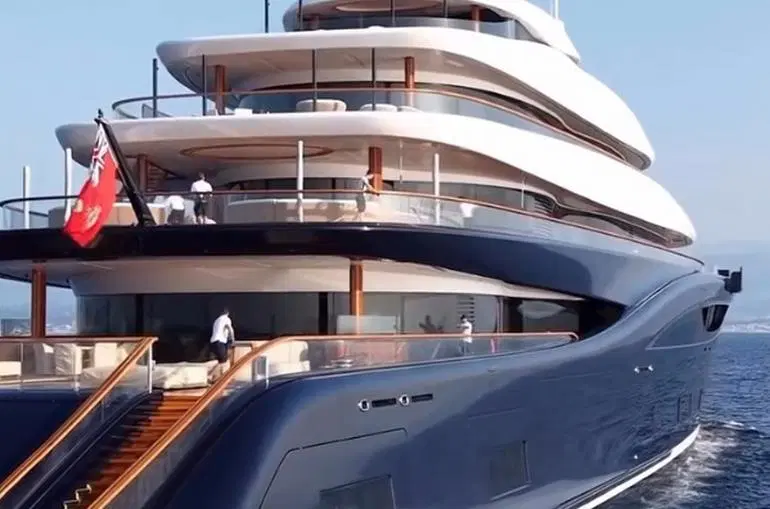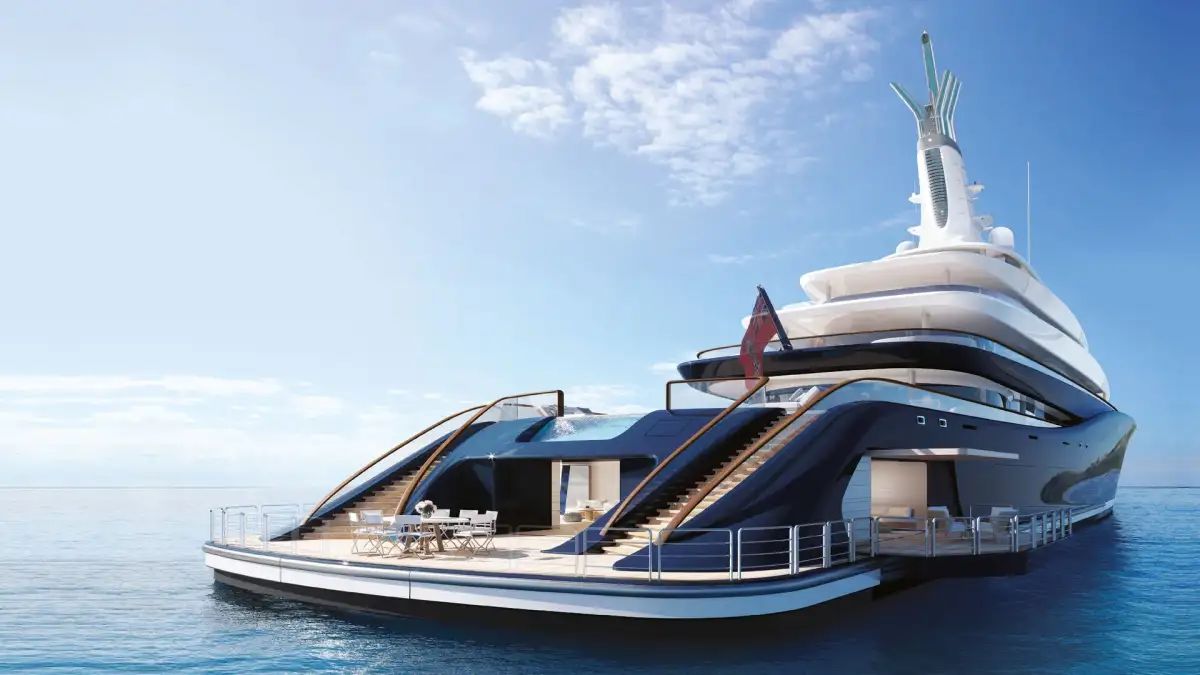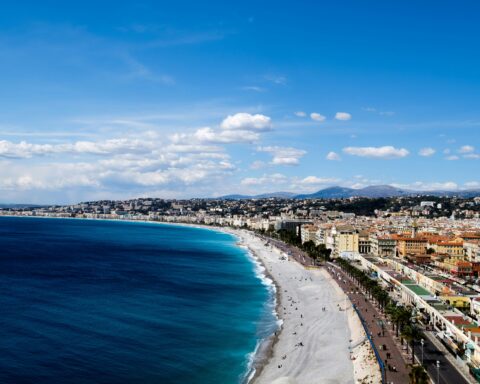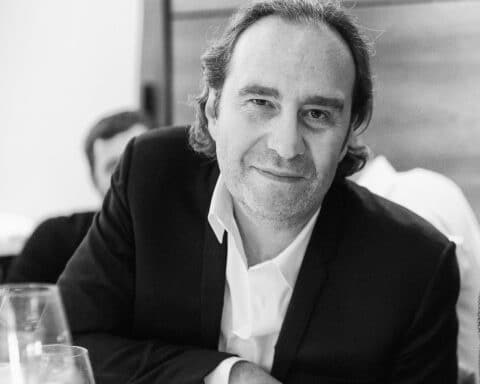One year after acquiring it, Bill Gates is putting his superyacht, Breakthrough, on the market. A floating palace, a true gem of innovation powered by hydrogen and biofuel, it is valued at more than 675 million dollars.
As the 2025 yachting season unfolds in the world’s most stunning seas—marked recently by the fire and sinking of the 28.9-meter Astondoa Da Vinci off Formentera, Spain—another luxury vessel is making headlines. It is Breakthrough, owned by billionaire Bill Gates, which is now about to change hands.
Floating luxury
In May 2025, Bill Gates received his superyacht Breakthrough. Yet, just a year after the acquisition, and without ever setting foot on it, the billionaire is already looking to resell his high-end vessel, estimated at 675 million dollars. It will be showcased at the Monaco Yacht Show from September 25 to 27 in hopes of finding a new owner. Rumors suggest that Patrick Dovigi, president of the Canadian environmental services company Green For Life Environmental Inc, might be interested.
At 119 meters long, this floating secondary residence embodies the very essence of luxury at sea. The main aft deck features a glass-bottom pool over 8 meters long, alongside a jacuzzi and a pool club. Six more decks are available, along with seven opening platforms providing direct access to the sea.

Inside, the amenities include a library, a cinema, a gym, a basketball court, a game room, a spa, a semi-submerged lounge, and 15 cabins, including a 300-square-meter suite. As for design, refined materials are naturally a must: bleached oak and smoked taupe eucalyptus are combined with contemporary furniture and works of art. In total, the yacht can host 30 guests and accommodate 43 crew members. And to welcome distinguished visitors, the vessel also features its own helipad.
The first yacht powered by hydrogen and biofuel
Although its design and architecture make it a remarkable luxury vessel, it is above all its sustainable innovation that sets Breakthrough apart. It took five years of development for Feadship, the Dutch-based company, to deliver this eco-minded giant of the seas. Not only is it the largest motor yacht ever built in the Netherlands, but it is also the first to run on hydrogen and biofuel, reducing its CO2 emissions by 90% compared to its peers. At anchor or at low speed (below 10 knots), the yacht operates with zero carbon emissions. With a maximum speed of 17 knots (about 31 km/h), it can cruise for several days at a soft pace while promoting zero-emission navigation.

The vessel uses cryogenic liquid hydrogen stored at around -253 °C, powering a 3.2 MW fuel cell system, complemented by a hybrid setup including methanol and bio-diesel generators (MTU HVO). Waste heat is then recovered to warm the pools and floors. Thanks to these advanced systems, the yacht operates silently and smoke-free—an asset for both the environment and its guests. Breakthrough also features a steel hull and an aluminum superstructure with a futuristic shape optimized for energy efficiency.
A green solution for a highly polluting niche market?
Despite the enormous energy cost of its construction and the fact that its operations cannot be considered fully clean, this yacht nevertheless offers a convincing answer to the legitimate debate on the pollution caused by luxury superyachts. Much like private jets, yachts are heavily criticized for their disastrous environmental impact, especially since they are reserved for only a tiny fraction of wealthy vacationers. Last year, around 6,000 yachts were sailing across the globe.

Yet the appetite for yachting shows no sign of waning. According to Business Research Insights, the global luxury yacht market was valued at 12 billion dollars in 2024 and could reach nearly 20 billion dollars by 2033, representing an annual growth rate of 6.1% starting in 2025.
Read also : Lady Diana’s last vacation on Dodi Al Fayed’s two superyachts
Featured photo : © DR















